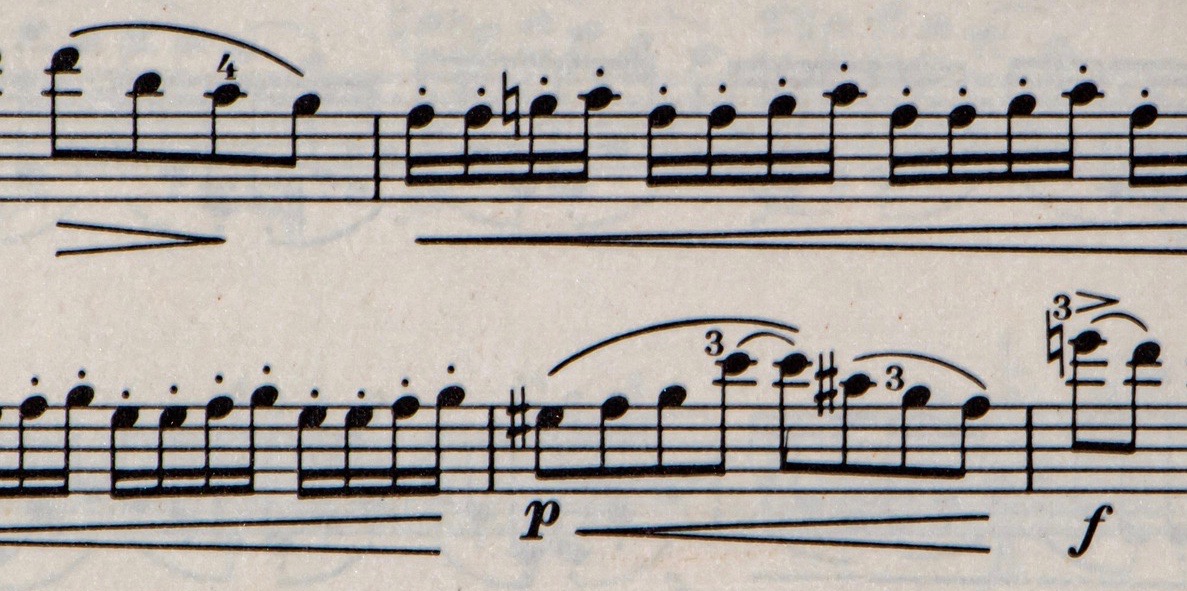The devolved nations of the UK each have their own music curricula, which have to be interpreted and taught by non-specialists at primary level. In this blog series, we aim to support teachers’ knowledge of the key musical terminology which appears in these curricula. In this edition of The Knowledge, we look at terminology associated with dynamics.






Dynamics
Dynamics in music indicate volume – how loud or quiet the music is. We use italian terms to describe different volumes such as:- Fortissimo – very loud
- Forte – loud
- Mezzo forte – medium loud
- Mezzo piano – medium quiet
- Piano – quiet
- Pianissimo – very quiet
- ff
- f
- mf
- mp
- p
- pp

Subito
Sometimes composers will want to shock the listener, or show a change of emotion, by changing the dynamic suddenly in which case they will use the symbol sub. for subito in front of the dynamic to indicate a very sudden dynamic change: sub. p.
Sforzando
Composers may also want to highlight, or accent one particular note, in which case they might use the symbol sfz meaning sforzando. This instructs the musician to play this one note particularly loudly and usually with some level of aggression!
Crescendo & Diminuendo
When the music gets gradually louder we call it a crescendo, and when we get gradually quieter we call it a diminuendo. These can be shown in the music by the marks cresc. and dim. but they are more often shown as ‘hairpins’ a bit like the ‘greater than’ and ‘less than’ signs that we use in maths.

